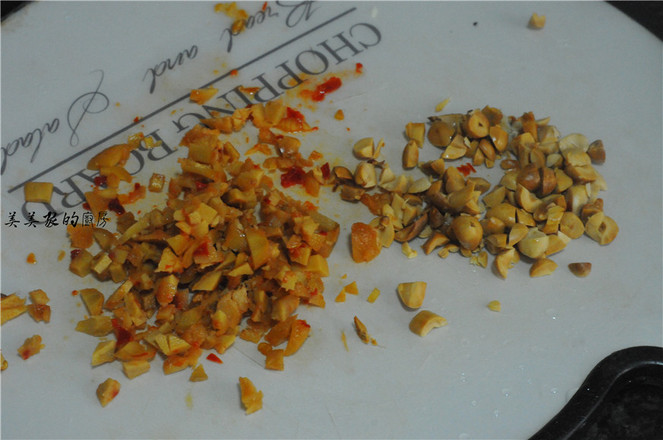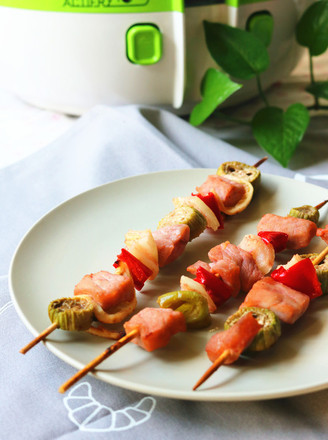Loofah
by Meimeijia's Kitchen
Favorite
Difficulty
Easy
Time
10m
Serving
3
Everyone has an unforgettable childhood memory. Meimei has been a foodie since she was a child. Although her childhood in the 1980s was not very rich, her hardworking mother can always make various snacks for us. Children nowadays, all kinds of snacks are not necessarily happier than we were at that time. The various snacks my mother makes are enough to remind us for a lifetime!
My mother is ingenious. In fact, her childhood was spent in hunger. All the delicacies she made for us were basically her own creations, so that now, every time I recall, I always feel that my mother is really too capable! But now it seems that mothers are a magical existence, there is nothing that mothers can't do.
I bought it, it seems to be far away, hehe, the snacks my mother has made are really countless, but what I still remember is this loofah, the fragrant shredded melon, crispy peanuts, and Q Jin's sweet potato flour. One bite makes people's lips and teeth fragrant, and now I have also learned to make it for my children from time to time. I hope that when the children grow up, they can also remember this loofah with the taste of mothers!
Many mothers say that their children are picky eaters and neither eat this nor eat it. The children of Meimeijia have been picky eaters since they were young, and they don’t eat meat and loofah. In fact, the children do not accept certain foods, mostly because of taste problems. To deal with picky eaters, mothers may wish to change the ingredients they don’t like. Maybe It can make them fall in love, just like this loofah, now it has become one of the son's favorite breakfasts!
The method is not difficult, but the taste is very good. If you like it, let’s try it with Meimei! In the new year, let your family table, add a new delicacy.
My mother is ingenious. In fact, her childhood was spent in hunger. All the delicacies she made for us were basically her own creations, so that now, every time I recall, I always feel that my mother is really too capable! But now it seems that mothers are a magical existence, there is nothing that mothers can't do.
I bought it, it seems to be far away, hehe, the snacks my mother has made are really countless, but what I still remember is this loofah, the fragrant shredded melon, crispy peanuts, and Q Jin's sweet potato flour. One bite makes people's lips and teeth fragrant, and now I have also learned to make it for my children from time to time. I hope that when the children grow up, they can also remember this loofah with the taste of mothers!
Many mothers say that their children are picky eaters and neither eat this nor eat it. The children of Meimeijia have been picky eaters since they were young, and they don’t eat meat and loofah. In fact, the children do not accept certain foods, mostly because of taste problems. To deal with picky eaters, mothers may wish to change the ingredients they don’t like. Maybe It can make them fall in love, just like this loofah, now it has become one of the son's favorite breakfasts!
The method is not difficult, but the taste is very good. If you like it, let’s try it with Meimei! In the new year, let your family table, add a new delicacy.


















